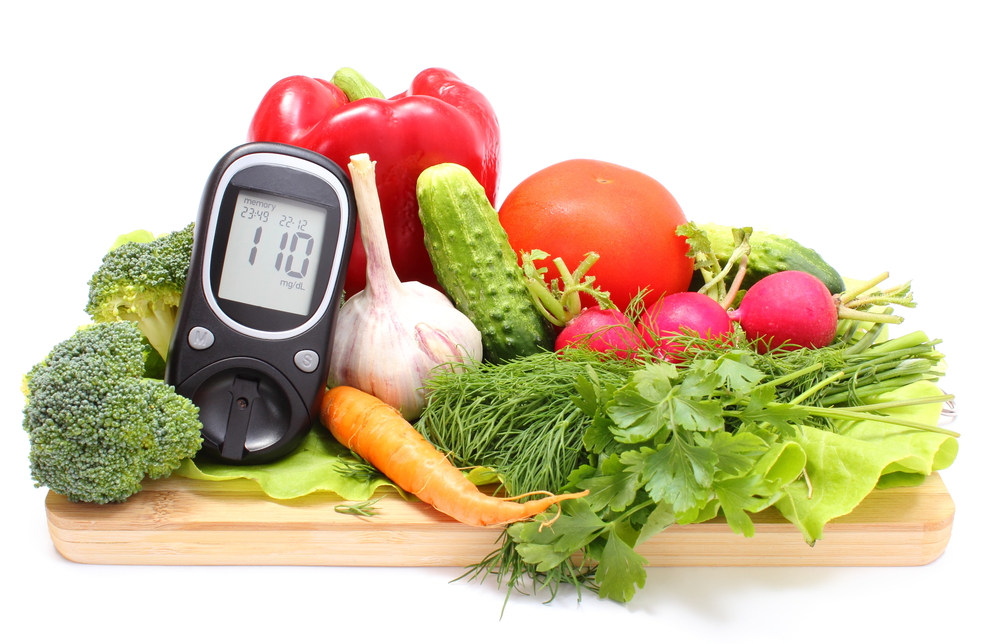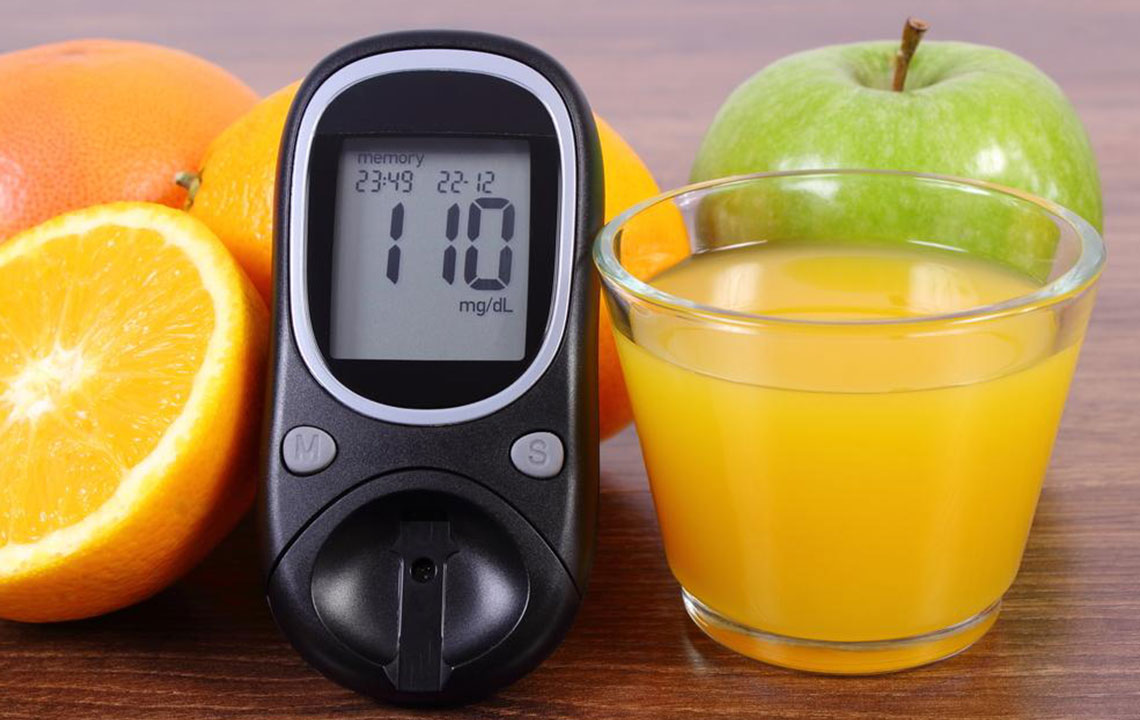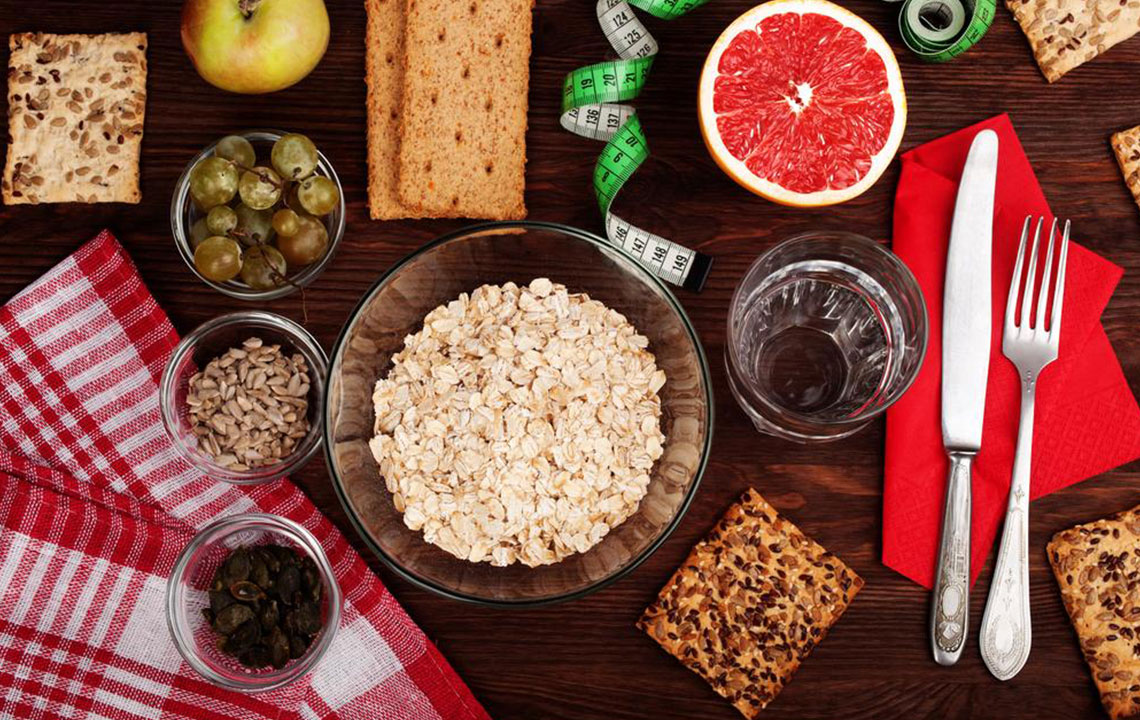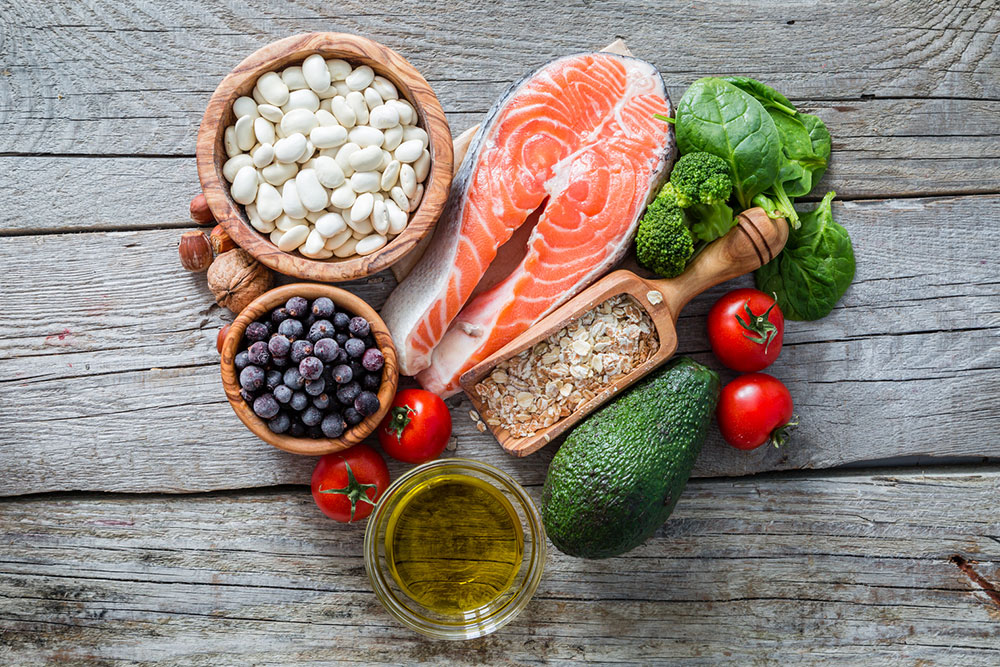Comprehensive Dietary Strategies for Effective Diabetes Management
This comprehensive guide offers essential dietary strategies for managing diabetes effectively through food choices. It highlights the importance of vegetables, whole grains, and lean proteins while advising on foods to limit or avoid, such as processed grains and high-sugar fruits. Emphasizing healthy cooking methods and portion control, the article aims to help diabetics maintain balanced blood sugar levels and improve overall health for a sustainable lifestyle.
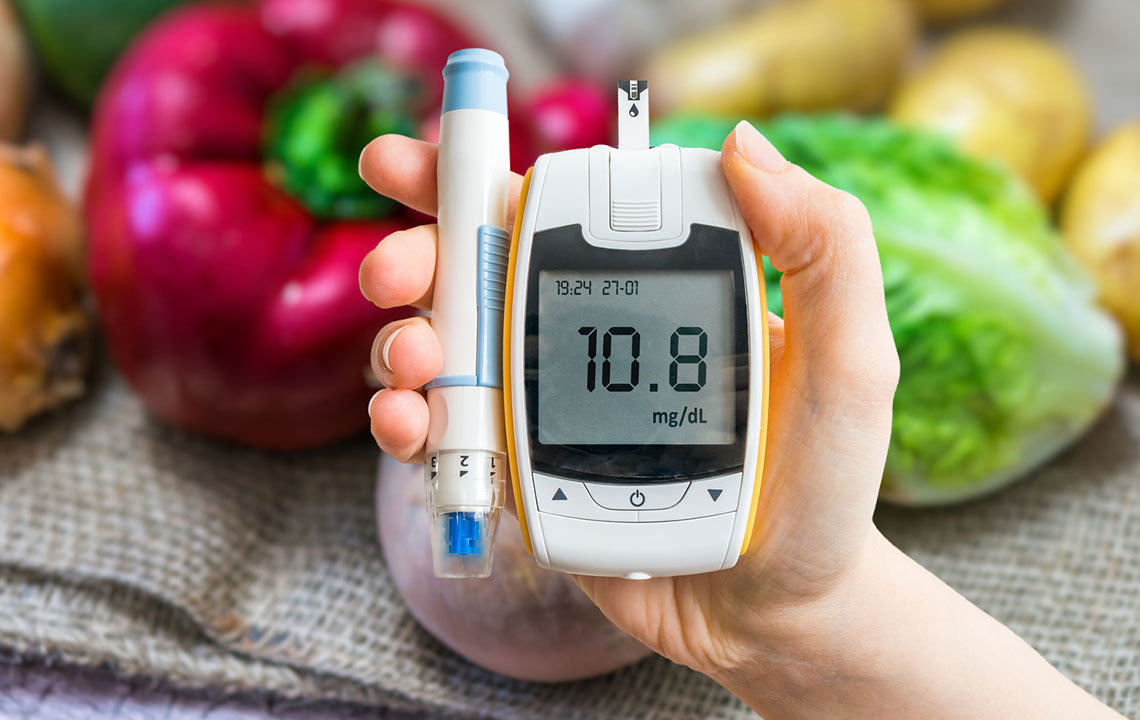
Essential Nutritional Guidelines for Diabetic Health: Foods to Embrace and Avoid
Living with diabetes requires careful attention to your diet. The foods you consume play a significant role in maintaining blood sugar control and overall health. While adopting a balanced diet is fundamental, understanding which foods support diabetes management and which may hinder it is crucial. This comprehensive guide provides insight into selecting the right foods and avoiding those that can negatively impact diabetics, helping you make informed dietary decisions for a healthier life.
Prioritizing Vegetables in a Diabetic Diet
Vegetables are undeniably vital for anyone managing diabetes. They are filled with dietary fiber, essential vitamins, minerals, and antioxidants, all of which contribute to better blood sugar regulation and overall wellness. Emphasizing fresh, raw, or minimally processed vegetables is recommended. Steaming, grilling, or roasting preserves nutrients while reducing the need for added fats and salts. Leafy greens like spinach, kale, collard greens, arugula, and Swiss chard should be staples due to their low carbohydrate content and high nutrient density.
It is advisable to limit or avoid high-carb vegetables such as potatoes, corn, and peas, especially in large quantities, as they can cause blood sugar spikes. Canned vegetables often contain added sodium, which can contribute to hypertension—a common concern among diabetics—so opting for low-sodium versions is wise. Iceberg lettuce offers minimal nutritional value and should be consumed sparingly. Aiming for around two and a half cups of vegetables daily aligns with dietary recommendations for optimal health and blood sugar management.
Incorporate a variety of colorful vegetables for diverse nutrient intake.
Opt for fresh or frozen vegetables without added preservatives or sodium.
Foods to Consume with Caution or Avoiding
Canned vegetables loaded with high sodium levels, which can elevate blood pressure and strain cardiovascular health.
Preparation methods involving cheese, rich sauces, butter, or creamy dressings increase saturated fat intake, adversely affecting insulin sensitivity.
Highly salted pickles and fermented products like sauerkraut, when consumed excessively, can contribute to high sodium intake.
Incorporating Healthy Starchy Foods
Not all carbohydrate-rich foods are unsuitable for diabetics; choosing the right types is essential. Baked sweet potatoes are excellent alternatives to white potatoes due to their lower glycemic index and higher fiber content. Whole grains, including oats, millet, amaranth, quinoa, and brown rice, are rich in fiber and nutrients that promote stable blood sugar levels.
To maximize benefits, prepare these grains with minimal or no added sugars and salts. Processed grains like white flour and polished white rice should be limited as they can cause rapid increases in blood glucose. Similarly, cereals with added sugars should be avoided. Fried foods—such as French fries or fried tortillas made from white flour—should be replaced with healthier cooking methods like baking, steaming, or grilling.
Choose whole grains over refined grains for sustained energy release.
Avoid processed snacks high in refined carbs and unhealthy fats.
Strategic Fruit Consumption for Diabetics
Fruits can be part of a balanced diet if selected carefully. They are a source of vital vitamins, minerals, fiber, and antioxidants but contain natural sugars that can influence blood glucose. Fresh, frozen, or canned fruits without added sugars are preferable. Using sugar-free jams, preserves, or applesauce can help satisfy sweet cravings while keeping blood sugar levels in check.
Limit high-sugar canned fruits preserved in syrup, as their sugar content can lead to hyperglycemia. Sticky or chewy fruit candies, as well as sweetened fruit juices and punches, should be consumed sparingly or avoided altogether. Moderate portion sizes and paying attention to the glycemic index of fruits contribute significantly to dietary blood sugar control.
Opt for berries, cherries, apples, and pears, which have a relatively lower glycemic index.
Avoid dried fruits or fruit products with added sugars.
Protein Sources for Stable Blood Sugar
Including quality protein in your diet is essential for maintaining muscle mass, satiety, and metabolic health. Sources such as lean fish, poultry, seafood, eggs, nuts, beans, tofu, and low-fat dairy align well with diabetic dietary plans. Emphasizing plant-based proteins and choosing lean animal sources reduces intake of unhealthy fats and cholesterol.
Removing skin from poultry reduces fat content, and selecting low-fat or fat-free dairy products supports heart health. High-fat meats like processed sausages, bacon, and full-fat dairy should be limited or avoided because they can exacerbate insulin resistance and cardiovascular risk.
Include a variety of plant-based proteins like legumes and tofu for balanced nutrition.
Avoid fried or processed meats high in saturated fats and preservatives.
